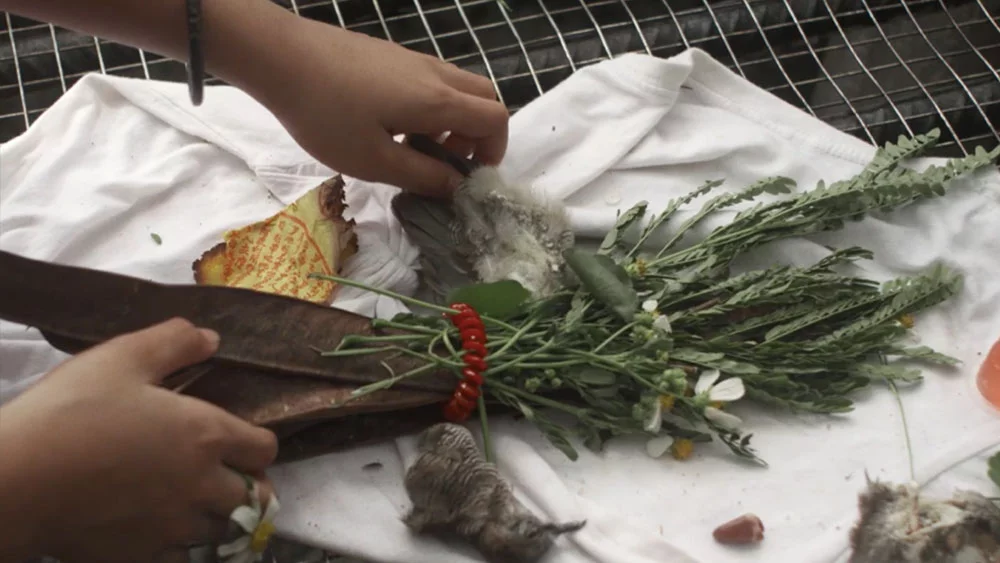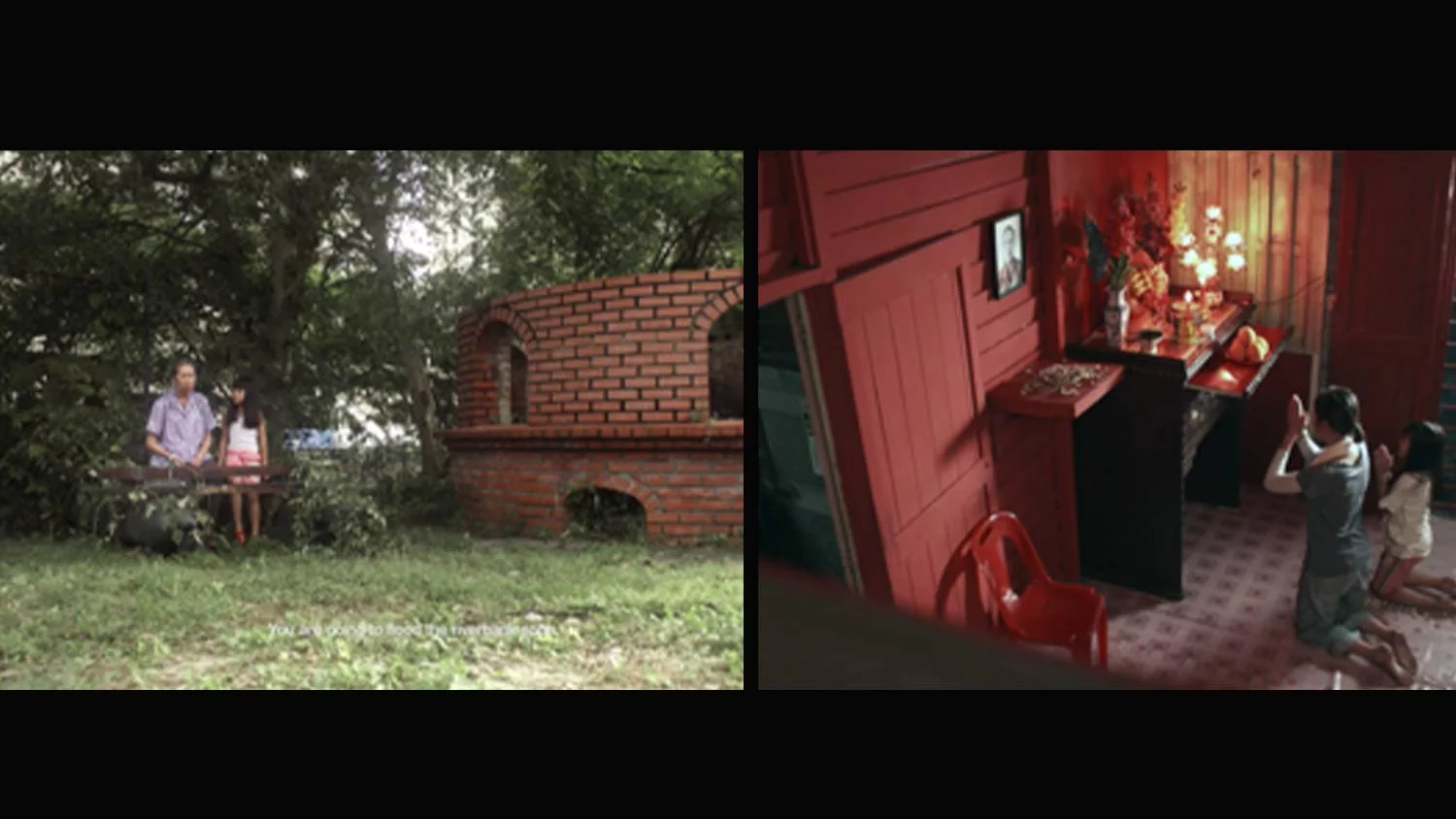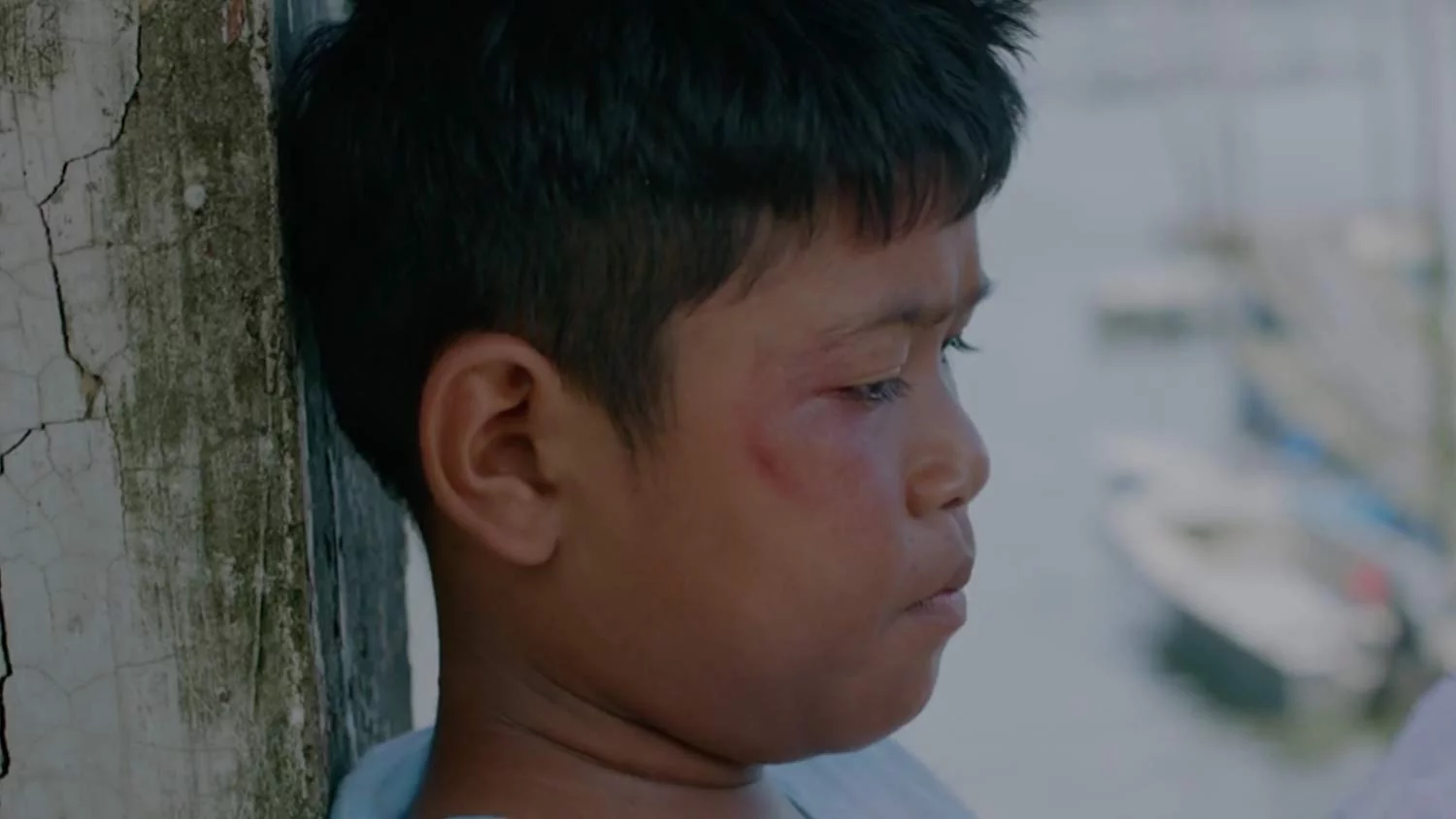We are the children of Southeast Asia
By Crystal Yeo

As a youth who grew up in Southeast Asia, I found myself gravitating towards short films featuring child/youth protagonists in this year’s Southeast Asian Short Film Competition. Set against the backdrop of urbanisation, the tensions between traditionalism and modernisation are explored through the lens of the bright-eyed, often misunderstood child.
Immune to the conditioning of adulthood, these protagonists stand in opposition to the “supposedly rational, civilized, ‘grown up’ human animal that is the adult” (Lury, 2010). The otherisation of children is counterposed against their relatability even to the adult audience, who have themselves experienced the imaginative and reckless world of childhood. By taking the audience back to a world where “adult” rules do not apply, these films challenge the audience’s perception on the themes of home, loss and change.
In Posterity, a young girl escapes into the world of the dead to escape the physical and emotional punishments she faces due to a lack of understanding from her mother. Urbanisation as presented in Bagan is told through the lens of a wide-eyed young boy, whose relationship with the temporal mirrors the impermanence of his small village. Finally, You are 56, still counting and keep counting; I am 25 is an intimate coming-of-age film that brings in the concept of “in-betweenness”. In this film, a daughter’s ever-changing sense of self mirrors her confused conceptualisation of “home”, having migrated independently for education and work.
__
Audrie Yeo presents an intriguing take on culture through a child protagonist’s relationship with death in Posterity. As told by Julia Kristeva, “the abject is always associated with some or other forms of what is represented by death”. The depiction of death as abject mystifies and otherises it, instilling a culture of fear. In turn, fear of death often translates to the fear of the dead, manifesting itself in strict death rituals to ward off bad spirits and angry ghosts. Amidst all this, Ah Ger, Posterity’s curious and caring protagonist, proves immune to the otherisation and fear towards the dead.
Upon a chance encounter with a dismembered pigeon’s body, Ah Ger decides to hold a small death ritual for it. Ah Ger’s death ritual closely resembles traditional Taoist practices of burning paper offerings and placing food offerings on the ground. Simultaneously, she breaks some of the “rules” that ignorant children are often warned against. Constructing a body for the dead pigeon using branches and leaves, Ah Ger “plays with dead things”, eventually attracting punishment by her mother. Despite that, the “ghost” that Ah Ger conjures is unlike the archetype of a spine-chilling, murderous ghost depicted in most adults’ threats and even horror films. Instead, the ghost, later revealed to be Ah Ger’s grandmother, is calm and nurturing.

In Yeo’s subtle presentation of the dead, death is neither sensationalised nor framed as abject. Ah Ger’s world is one where the living can comfort the dead, and the dead can continue to nurture the living. Ironically, Ah Ger’s reality gives her (and the audience) a sense of fear. Upon being caught by her mother, the audience faces Ah Ger’s punishments along with her. Close-up shots on Ah Ger getting hit on the arm while kneeling on a plate of clam shells snaps the audience out from her whimsical world. The accompanying music creates a sense of the paranormal, while a strong red hue from the ancestor’s shrine coats the scene with a sense of danger and fear.

Posterity’s juxtaposition of the nurturing of life in the world of the dead against the harsh, violent condition of Ah Ger’s reality is a thought-provoking take on the preservation of culture. Perhaps Ah Ger’s actions serve as a bold interrogation of death rituals. Are the dead meant to be honored or feared? Perhaps Ah Ger’s otherness as a child, curious and unafraid of death, is meant to question the abjection of death. Perhaps it is her ignorance that ironically gives her immunity against the horrors of the dead. Regardless, Posterity serves as an innocent yet powerful introspection into Southeast Asian culture and attitudes towards death.
__
Struggling to read the eviction notices across his village due to his illiteracy, Bagan’s impulsive yet soft-hearted protagonist, Frankie, grapples with the changes happening in his village. In Firdaus Balam’s short film, a child’s relationship to the temporal is used to explore the concept of impermanence in the face of urbanisation.
Chaotic, innocent and relatable, Frankey’s navigation of interpersonal relationships brings the audience back to a time of harmless playfighting and pranks. As a way of expressing his anger towards the people around him, he takes off after snatching his grandmother’s cigarettes, his best friend’s toy, and a pack of cards from a group of bullies. However, his conflicts are easily resolved – usually through a physical, but mostly harmless, fight with his same-aged counterparts. In Frankey’s world, conflicts, grudges, and hatred do not last long. As a child, his feelings towards his people are temporary, as he lives his life in the present.

At the same time, Frankey tries to make the temporary, permanent through the curation of the learning gallery on his wall and marking of places in the village. Collecting scraps from disposed textbooks and the eviction notice, Frankey brings items facing impending destruction into his home, renewing their lifespan. Sitting with his best friend atop a hill, Frankey unravels a pack of cigarettes he had placed and marked under two rocks. Throughout the film, the audience also sees Frankey referring to a “usual spot” that he shares with his best friend. By ascribing meaning to places and marking them, Frankey engages in his own improvisatory acts of memorialization.
A child’s unique concept of permanence therefore serves as an effective means of questioning Southeast Asian urbanisation at the expense of traditional villages and homes. When traditional villages – holding memories and homing lives – are to make way for “newer” cities and buildings, what is left of these memories? Can anything be permanent? What does it mean for something to be permanent?
__
“You don’t need to worry about the three of us anymore. We are already adults.”
Tan Xin Yen’s short film is the only film in this essay that does not feature a child protagonist. Proclaiming her identity as an adult to soothe her mother’s worries, Tan’s love letter to her mother takes on the subjectivity of a protagonist that is not yet an adult, yet no longer a child.
Tan’s protagonist is not yet an adult; she rejects the disciplined, regulated presentation of an adult’s physicality. Exploring a deserted landscape, she is seen contorting her body to form various shapes. The audience witnesses her peeking into corners with a sense of curiosity and fear, vaguely resembling a child trying to make sense of the world. As she hides under the counter of the wet market, the way we curl into the comforts of our own bed, the audience observes her clearly awkward demeanor, as she struggles to fold her joints.
At the same time, Tan’s protagonist is no longer a child; her sincere monologue has a sensibility that contrasts with the reckless whims of a child. Narrating memories from her own childhood in less-than-perfect Hokkien dialect, the audience recognises her distance from, and even yearning for, her childhood. She vaguely resembles an adult, holding a tenderness for memories of the past.
It is her position as a youth, in between memories of her childhood and aspirations of her future, that gives the film the perspective of the “in-between”. As such, Tan’s film rejects the portrayal of a child’s world – cushioned with the endearing comfort of a child navigating the world on their own terms. Instead, Tan’s protagonist fails to construct her own world or home. Eventually lying at the riverside, she is exhausted as the bulb in her mouth flickers. Having migrated to Singapore for educational and employment opportunities, Tan’s position of being “in-between” two countries mirrors the subjectivity of her young protagonist.
Similar stories of migration are common across Southeast Asia – an “estimated 23.6 million Southeast Asian migrants live outside their countries of origin” (United Nations, 2020). When migration happens at one’s transitional life stage, the conceptualisation of one’s sense of self engenders major conflicts. Caught in between yearning for one’s childhood and the urge to assimilate into a new culture, how does one form a sense of belonging?
__
While watching the three films mentioned, I found myself inevitably roped into the world of these child protagonists’ imagination. However, unlike Ah Ger and Frankey, I felt a sense of fear and hesitation in witnessing their reckless yet well-intentioned encounters. Amidst the ever-changing landscape of Southeast Asia, these films serve as a reminder of a childhood lost but not forgotten, as well as a timely reflection of what it means to be a child of Southeast Asia today.
References:
Lury, K. (2010). The Child in Film: Tears, Fears and Fairy Tales. I.B.Tauris. Nel, A. (2012). The repugnant appeal of the abject: Cityscape and cinematic corporality in District 9. Critical Arts, 26(4), 547–569. https://doi.org/10.1080/02560046.2012.723845 United Nations Department of Economic and Social Affairs, Population Division (2020). International Migrant Stock 2020.